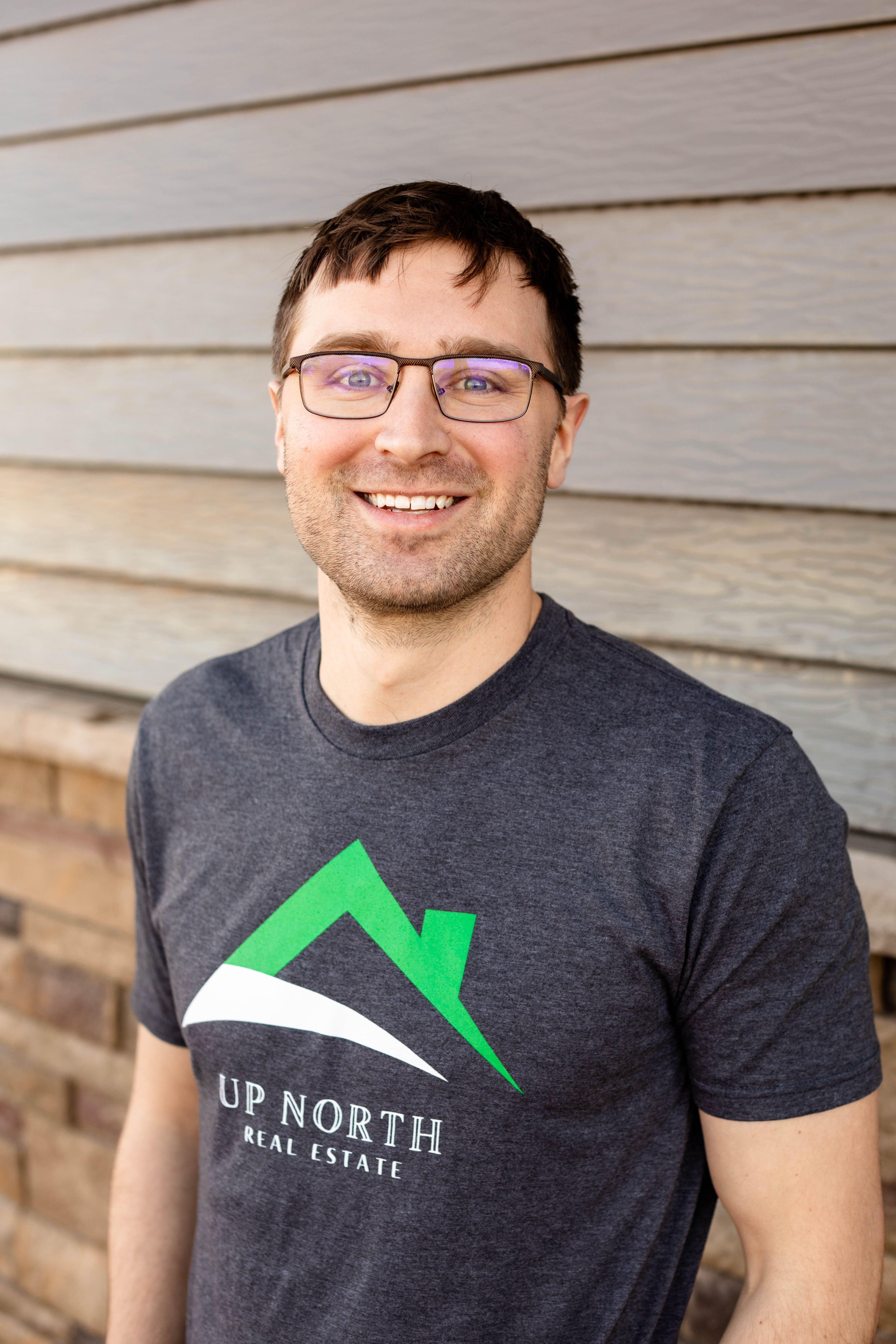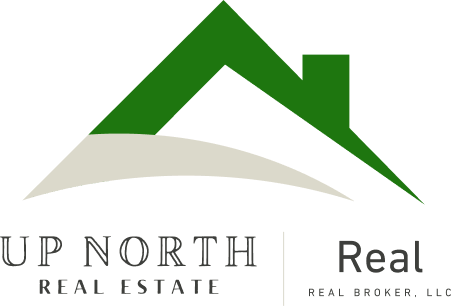Debunking Common Homeowners Insurance Myths in Cass County
.jpg?w=128&h=128)
Brett Dalzell
Homeowners Insurance: Setting the Record Straight
Homeowners insurance often remains an afterthought until a crisis strikes—a tree falling through the roof, a burst pipe flooding your basement, or worse. Unfortunately, by then, it's too late to correct any misconceptions you may have about your policy. With plenty of myths swirling around homeowners insurance, let's clarify them so you can make informed decisions about your home's protection, especially in the Fargo and Moorhead areas of Cass County, North Dakota.
Myth #1: Homeowners Insurance Covers Everything
A common myth is that homeowners insurance covers every type of damage or disaster. While many policies offer broad protection, they have exclusions. For example, standard policies typically don’t cover:
- Flood damage: In areas like our Red River Valley, flooding can be a real concern. Flood insurance must be purchased separately through the NFIP or private insurers.
- Earthquake damage: Rare in North Dakota, but coverage is usually available as an add-on or separate policy.
- General wear and tear or maintenance issues: Insurance covers sudden and accidental damage but not deterioration from neglect or aging.
- Sewer backups: Standard policies generally don’t cover sewer or drain backups, but riders are available for additional protection.
It’s essential to read your policy carefully and understand what’s covered—and what’s not.
Myth #2: My Home is Insured for Its Market Value
Many homeowners assume insurance should match what their home could sell for on the market. In reality, insurance is based on the cost to rebuild, not resale value. Market value includes land and location factors, while replacement cost focuses on materials and labor for reconstruction. Construction costs have been fluctuating, so review your policy periodically to ensure adequate coverage.
Myth #3: If Someone Gets Hurt on My Property, It’s Always Covered
Liability coverage in homeowners insurance protects if someone gets injured on your property, but there are exceptions. If the injury was due to negligence—like ignoring a rotting deck railing—you could be sued for damages beyond policy limits. Also, injuries related to a home-based business may not be covered by a standard policy.
Myth #4: My Policy Covers My Valuables Fully
Standard homeowners policies have limits for expensive items like jewelry, artwork, collectibles, high-end electronics, and firearms. While there’s some protection, it often comes with per-item caps that may be lower than your belongings' value. To ensure adequate protection for high-value items, consider adding a scheduled personal property endorsement or rider to insure them for their full appraised value. Periodically reviewing your policy, appraising valuable items, and keeping an updated inventory is wise.
Myth #5: I Don’t Need Additional Insurance Because I Work from Home
With more people working remotely, many homeowners assume standard insurance fully covers work-related equipment and activities. This is a common misunderstanding. Standard policies often cover limited business property and may not cover employer-owned equipment at all.
Key Coverage Gaps:
- Limited work equipment coverage: Policies often have restrictions on reimbursement amounts and may not cover employer-owned items.
- No business liability protection: You could be personally responsible if a client, customer, or delivery person gets injured on your property.
- Business inventory coverage: Standard policies likely don’t protect products or materials stored at home against theft, fire, or damage.
To stay protected, consider a home-based business policy, a business property endorsement, or commercial liability coverage. Consult your insurer to ensure you have appropriate coverage before an unexpected loss occurs.
Myth #6: Homeowners Insurance Covers Mold and Termite Damage
Mold and pest damage are generally viewed as preventable maintenance issues, not sudden and accidental damage, so most policies don’t cover them. If mold results from a covered peril—like water damage from a burst pipe—your policy may help with remediation. However, mold from long-term humidity or neglected leaks is typically not covered.
Myth #7: If My Neighbor’s Tree Falls on My House, They Pay for It
This one can be surprising. In most cases, your insurance covers damage to your property, regardless of where the tree came from. If your neighbor was negligent—such as knowing the tree was dead and not addressing it—you might file a claim with their insurance or take legal action.
Myth #8: Filing a Claim Always Leads to Higher Premiums
This isn’t necessarily true. Insurance companies consider various factors when adjusting rates, including your claims history, claim type, and location. A single small claim may not impact your premium much, but frequent claims or a history of high payouts could raise your rates. Weigh repair costs against your deductible before filing.
Final Thoughts
Homeowners insurance is crucial, but it’s not a one-size-fits-all policy. Understanding your coverage can help prevent costly surprises. If you have questions about homeowners insurance and how it relates to your real estate in Fargo, Moorhead, or other parts of Cass County, let’s chat.
Thinking about selling your home?
Get in touch. We'll guide you through every step of the process to ensure a smooth transaction that meets your goals.



